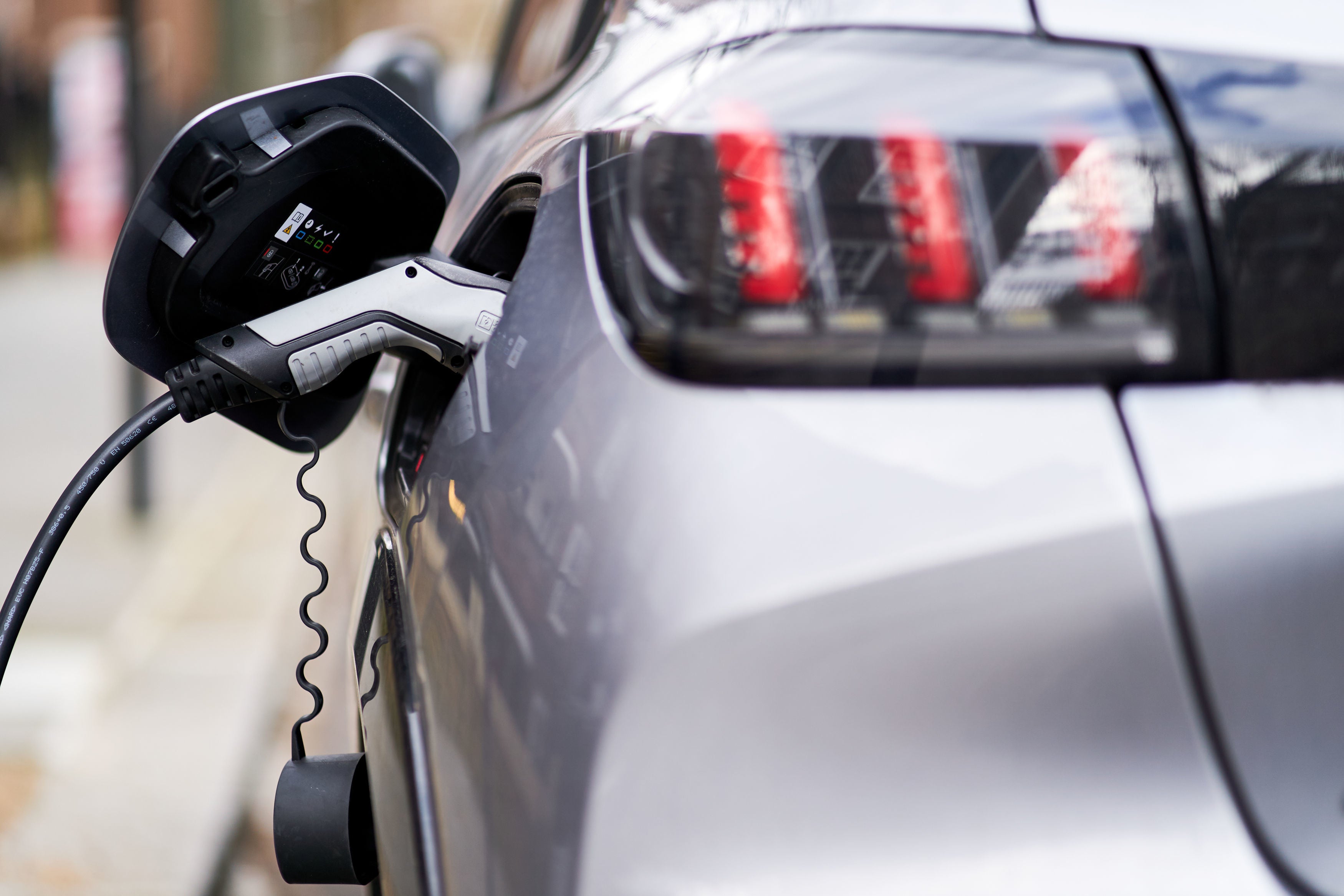Electric car charging point target missed by government
Nearly a billion pounds had been allocated to assist with the strategy

Your support helps us to tell the story
From reproductive rights to climate change to Big Tech, The Independent is on the ground when the story is developing. Whether it's investigating the financials of Elon Musk's pro-Trump PAC or producing our latest documentary, 'The A Word', which shines a light on the American women fighting for reproductive rights, we know how important it is to parse out the facts from the messaging.
At such a critical moment in US history, we need reporters on the ground. Your donation allows us to keep sending journalists to speak to both sides of the story.
The Independent is trusted by Americans across the entire political spectrum. And unlike many other quality news outlets, we choose not to lock Americans out of our reporting and analysis with paywalls. We believe quality journalism should be available to everyone, paid for by those who can afford it.
Your support makes all the difference.A government target for electric car chargers near motorways has been missed, new analysis by the RAC shows.
The target was to have at least six rapid or ultra-rapid electric car charge points at every motorway service area by the end of 2023, with some having more than 12 to improve the confidence of drivers to make long journeys.
But new analysis by the RAC shows that only 39 per cent of 119 motorway service areas have hit the target number of chargers – and a handful have no charging points at all.
The number of high-powered charging points has increased since April of last year when there were only 27 rapid chargers at service areas.
An additional 178 have been installed in motorway service areas, according to the analysis by RAC carried out using data from Zapmap.
However, although 55 per cent of service areas now provide the fastest possible charging option for drivers with over 400 ultra-rapid charging stations across the UK, 18 provide no rapid charging over 50kW and four have no publicly accessible charging stations at all.
The four service areas with no charge points are Leicester Forest on both sides of the M1, Tebay South on the M6, and Barton Park on the A1(M).

Nearly a billion pounds had been allocated to the Rapid Charging Fund tasked with providing 6,000 additional high-powered chargers by 2035 and ensuring all motorway service areas have six fast charge points by the end of 2023.
In the report titled Taking Charge: The Electric Vehicle Infrastructure Strategy, the government stated: “Confidence in the ability to undertake longer journeys is fundamental to EV adoption.”
However, it wasn’t until December 2023 that the government announced £70m in grants for a pilot scheme involving upgrades at 10 motorway service stations.
RAC EV spokesperson Simon Williams said: “It’s clear from our research that the government has fallen well short of its target of having six high-powered chargers at every motorway service area in England.
“We continue to believe that the wide availability of ultra-rapid charging is crucial in giving both current and future EV drivers confidence to know they can easily make journeys beyond the range of their vehicles in a time-efficient way.”
A spokesperson for the Department for Transport told The Independent: “The number of public charge points is surging across the country and around 96 per cent of motorway services now offer charging facilities for drivers.
“As well as our £70m pilot to help roll out ultra-rapid charge points on motorways, we are driving forward the biggest reforms to our electricity grid since the 1950s – halving the time it takes to build networks and speeding up connections.”
Join our commenting forum
Join thought-provoking conversations, follow other Independent readers and see their replies
Comments